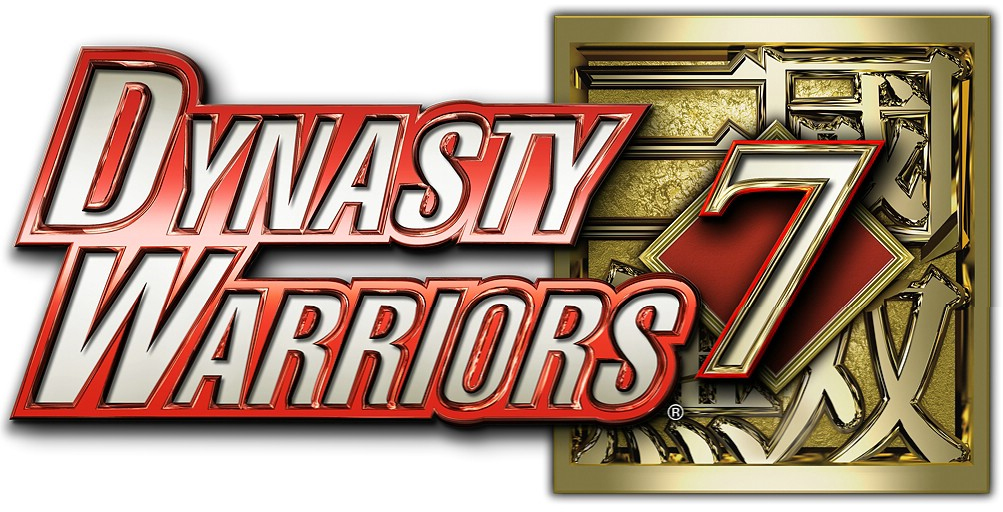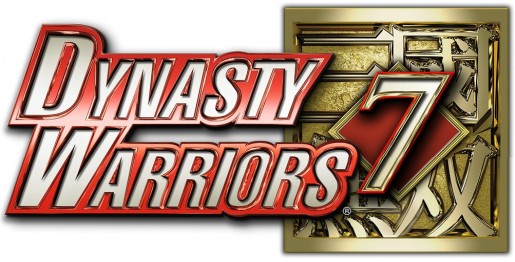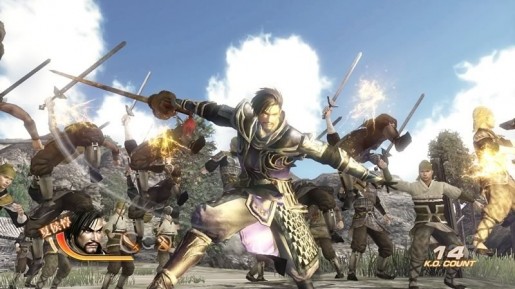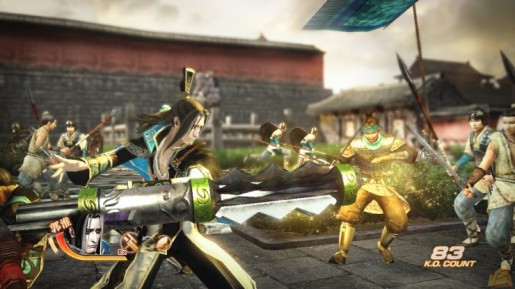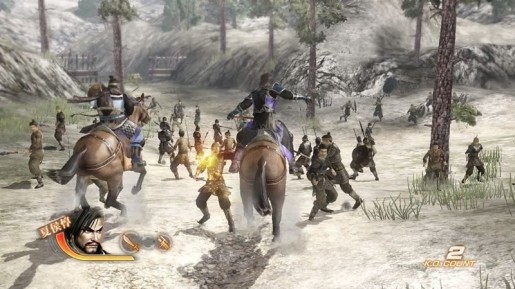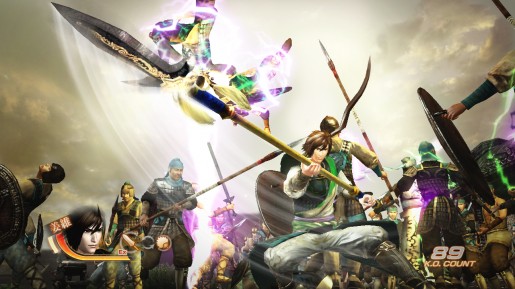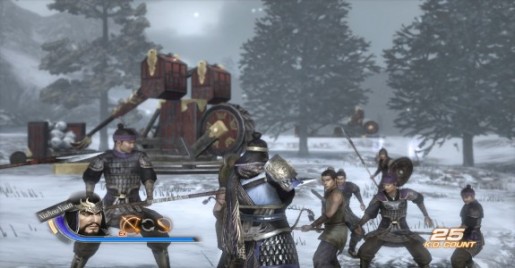Since Dynasty Warriors’ debut in 1997, Omega Force has made sure that gamers had a Dynasty Warriors game, or some spinoff with similar gameplay, nearly every year. The series never seems to struggle in Japan, but somewhere in its translation across seas it gets an unsatisfactory reception. Here we are in 2011 and Omega Force has released Dynasty Warriors 7.
While its many predecessors have shown little innovation and fallen prey to the copy/paste feeling, this title is looking to break the mold with a few new ideas. Will these changes be enough to breath new life into an overly predictable franchise?
HOT
Combat
Combat has always been the main focus of Dynasty Warriors so it’s imperative that it be entertaining and effective. Luckily, some alterations were implemented to better the overall experience. The Renbu system has been removed and in its place the familiar charge system has returned. Basic attack combos can be altered by adding power attacks at the end of them which adds a decent amount of variation depending on how long the combo is and what the tactical situation calls for. For example, one sword combo may end in a forward slash the emenates forward while another chain is completed with a flashy ring of fire. Expanding the list of attack abilities, ariel attacks are now an option which provide a visually pleasing effect while also being an effective combat choice. Keep up the hack ‘n slash onslaught and you’ll slowly fill your Musou meter. Once full, a powerful attack can be unleashed that annhilates everything within your vicinity with a great amount of flair.
Players can now carry two weapons at a time and switch between them on the fly. Not only that but these weapons are not set in stone. Weapons picked up after defeating important figures are added to the list of available weaponry. These range from swords, dual axes, flails, gauntlets, and so on. There are enough weapons to keep collectors hunting for some time. While it is nice to be able to experience different types of combat, characters usually have a weapon preference. One character may thrive with a sword and deliver below average results with a war fan. Usually, the primary weapon type a character excels with can be immediately identified by the EX symbol in the bottom left corner of the basic weapon image. Not only does using this weapon provide better results in combat efficiency, but it opens up a unique move to be executed at the end of a combo. Players will become a force to be reckoned with once they combine these boosts with the abilities of Seals. Seals take up a slot on a weapon and, in exchange, provide a special ability such as increased damage. This is in addition to the numerous ability boosters left from fallen enemies (speed boost, attack increase, defense increase, etc).
Story
Dynasty Warrior 7’s new story mode is easily the most accessible yet. Maybe this is due to the fact that each campaign focuses on specific characters or it could be that you no longer need to have any knowledge of the novel Romance of the Three Kingdoms. I’ll let you decide. The story is more narrative driven than the past mainly because the game chooses a character for you in order to make each conquest more compelling and accurate. For those unfamiliar with the franchise, this is very different since past entries allowed you to select any character from the extensive roster to change the tide of battle. This is the case for all campaigns of which there are four of now: Wei, Wu, Shu, and the newly added, Jin. In the beginning of the Wei campaign you play as the general Xiahou Dun. You execute orders from Cao Cao directly and fight in legendary battles clearing the battlefield of opposition. A few victories later and the game puts you in control of Cao Cao after a negotiation goes bad. From here you navigate through his escape from his enemy’s compound. These moments definitely add to the story since cut scenes and dialogue can follow the characters appropriately during their respective sections.
Co-op
Cooperative play isn’t new to the series, but that doesn’t mean its not loads of fun. Cooperative play can be found tucked away in Conquest mode. This mode is where players can take on various battles with an unlocked character of their choice. The main goals of these missions are to experience new battles, collect new weapons, and enjoy mini-story stages set up for specific characters. Playing these levels cooperatively, which can be done online or offline, is always a blast. Each level provides its own set of challenges and objectives in order to keep the game from getting stale. Even levels revisited are populated with new enemies so the battle feels different. Anyone who enjoys the mechanics of Dynasty Warrior will enjoy it twice as much when accompanied by a friend.
Graphics
It’s good to see Dynasty Warriors 7 receiving a much needed graphical update. The games were nowhere near representative of next generation hardware before. Now the game looks cleaner in most aspects. Character models aren’t a complete eye sore, armor and weapons are fairly detailed (even reflecting sunlight sometimes), and the detail in the Musou attacks are aesthetically pleasing. This aspect alone wouldn’t deter hardcore fans if it hadn’t been bumped up a bit, but it is still good that they made it feel less like a game being played with backwards compatibility.
NOT
Repetition
Repetition is an issue the series has faced for a while. Each new game began to feel like clone of the last. While Dynasty Warrior does pull away from the pack in certain aspects, it still has an abundance of repetition present. The new weapon types are nice and especially the fact that anyone can use them is great, but there is little varriation here. The weapon types seem to mostly carry the same combo set no matter which character uses them. Even some EX moves are way too similar. The most common weapon type throughout the beginning is the sword and it is a type that players will become extremely familar with. Combat is fun and engaging, but after so many hours the same sword combos will do little for you. This is very hard to escape from since many of the 62 characters use the sword weapon type as their EX weapon. So be prepared to do the same combo again and again as you progress through different campaigns. Repetition also comes into play during mission structure. Being defeated early due to an enemy retreat or not properly protecting an ally can cause a lot of starting over or back tracking over similar terrain. They won’t happen often if you’re careful, but they can’t be avoided 100% of the time.
Free Mode
What happened to free mode? Conquest mode is a good mode on its own, but I’m sure most fans would agree when I say that Free Mode should have been added as well. Story mode provides some deeper battles and they should have been able to revist these levels sans cut scenes and character restrictions. That would have created much more replayability. But as it stands its perplexing why this mode was omitted.
VERDICT
Dynasty Warriors 7 applied some much needed changes to the series. Among these are the stronger story, ability to select different weapons, reverting back to the charge based combat, and, of course, the graphical update. All of these come together to make one of the better entries the series has seen in a while. Although these are welcome shifts in direction the game isn’t completely full of new ideas. The basic premise is still there and its hack ‘n slash heavy. The repetition will become noticeable after hours are invested and the lure of new weaponry has worn off. Similar combos deprive most characters of individuality and that’s unfortunate since there are 62 of them. Also, the omission of Free Mode is not really understood and it is truly missed. All together, the game is taking steps in the right direction to draw a larger audience then its usual crowd and hopefully will continue to do so with each new entry.
[Editor’s Note: Dynasty Warriors 7 was reviewed on the PlayStation 3 platform. The game was provided to us by the publisher for review purposes.]

